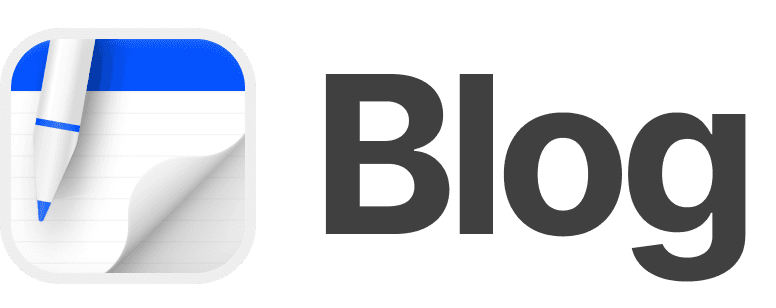Written by
Timon Harz
From Notes to Knowledge: The Power of Mind Mapping
In today's fast-paced world, we're constantly surrounded by information. We're bombarded with articles, social media posts, and lectures that promise to impart valuable insights and knowledge. However, the problem lies in retaining and applying that information in a meaningful way. That's where mind mapping comes in – a powerful tool that can transform your notes into actionable knowledge.
What is Mind Mapping?
Mind mapping is a visual thinking technique that involves creating a diagram to organize and connect ideas. Developed by Tony Buzan in the 1970s, it has since become a popular tool for note-taking, brainstorming, and idea generation. A mind map is a circular or radial diagram that starts with a central idea or concept, branching out into related ideas, keywords, and images.
Benefits of Mind Mapping
- Improved Organization: Mind mapping allows you to structure your thoughts in a logical and visually appealing way, making it easier to review and recall information.
- Enhanced Creativity: By creating connections between seemingly unrelated ideas, mind mapping fosters creative thinking and problem-solving.
- Increased Retention: Visualizing information helps to encode it in your long-term memory, making it easier to recall and apply later.
- Reduced Stress: Mind mapping can help to clarify complex information, reducing anxiety and overwhelm.
- Boosted Productivity: By breaking down large amounts of information into manageable chunks, mind mapping enables you to focus on key ideas and prioritize your time more effectively.
How to Create a Mind Map
- Start with a Central Idea: Begin with a clear question or topic that you want to explore.
- Use Key Words and Images: Write down key words, phrases, and images that relate to your central idea.
- Create Branches: Use lines or arrows to connect related ideas, creating a visual network of concepts.
- Use Colors and Symbols: Incorporate colors, symbols, and images to make your mind map more engaging and memorable.
- Review and Refine: Review your mind map regularly, refining and expanding it as needed.
Mind Mapping Techniques
- Free Association: Allow your mind to wander freely, making connections between ideas without judgment.
- Hierarchical Mapping: Create a top-down structure, with main ideas branching out into sub-ideas.
- Radial Mapping: Use a circular or radial structure, with ideas radiating out from a central point.
- Tree Mapping: Create a hierarchical structure with main ideas branching out into sub-ideas, like a tree.
Mind Mapping in Practice
- Note-taking: Use mind mapping to take notes during lectures, meetings, or while reading.
- Brainstorming: Use mind mapping to generate ideas and identify potential solutions.
- Project Management: Apply mind mapping to plan and organize projects, breaking down complex tasks into manageable chunks.
- Learning and Memory: Use mind mapping to review and retain information, creating a visual map of your knowledge.
Conclusion
Mind mapping is a powerful tool that can transform your notes into actionable knowledge. By harnessing the power of visual thinking, you can improve your organization, creativity, retention, and productivity. Whether you're a student, professional, or simply looking to improve your learning and memory, mind mapping is an essential skill that can help you unlock your full potential. So, give it a try and watch your notes come alive in a whole new way!If you're looking for a powerful, student-friendly note-taking app, look no further than Oneboard. Designed to enhance your learning experience, Oneboard offers seamless handwriting and typing capabilities, intuitive organization features, and advanced tools to boost productivity. Whether you're annotating PDFs, organizing class notes, or brainstorming ideas, Oneboard simplifies it all with its user-focused design. Experience the best of digital note-taking and make your study sessions more effective with Oneboard. Download Oneboard on the App Store.
Other posts
The Benefits of Mindful Note-taking for Students
Discover the transformative benefits of mindful note-taking for students in our latest blog post. Learn how this effective technique enhances focus, retention, and understanding, leading to improved academic performance. Explore practical tips and strategies to incorporate mindfulness into your note-taking routine, making studying more engaging and productive. Perfect for students seeking to elevate their learning experience!
How to Use AI to Automate Your Note-taking Tasks
Discover how to streamline your note-taking process with AI! In this blog post, we explore innovative tools and techniques to automate your note-taking tasks, enhance productivity, and improve organization. Learn practical tips on integrating AI into your workflow, making your note-taking smarter and more efficient. Perfect for students, professionals, and anyone looking to save time and boost their efficiency!
The Importance of Reflection in Student Learning: How to Reflect Effectively
Discover the critical role of reflection in student learning and explore effective strategies for implementing reflective practices. This blog post delves into the benefits of reflection, offers practical tips for students, and highlights techniques to enhance learning outcomes. Unlock the potential of reflective thinking to boost academic success and personal growth!
Company
About
Blog
Careers
Press
Legal
Privacy
Terms
Security

